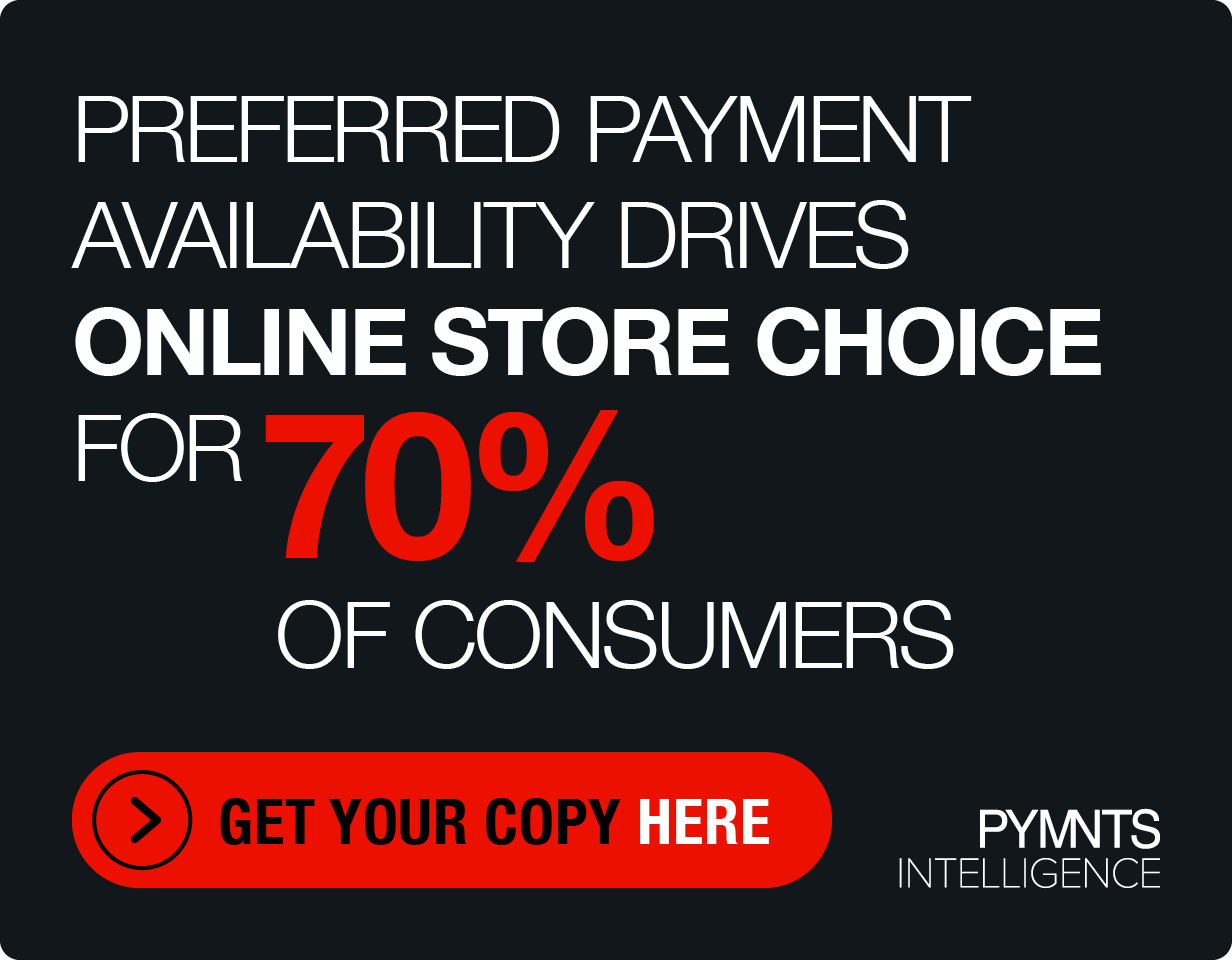Monetizing Payments Data In The Age Of IoT

It’s been said that the holy grail of commerce is data. Even that holy grail has a holy grail — where data is accessible and usable in real time.
Payments are becoming increasingly invisible, embedded in the consumer experience offered by merchants. Consumers view payments as part of their experience, regardless of what setting they might be in — whether online or in-store — or what device they may hold.
To get there (to take the next step and offer transactions as a seamless part of the continuum of browsing, shopping, checkout and buying), merchants need information that improves the customer journey, as well as their own operational efficiencies.
In a recent conversation with Karen Webster, Daniela Mielke, CEO of RS2, said that “there’s a huge new opportunity for value creation … and monetization for everybody in the industry. We have been talking about data being the next new thing for a long time, but we are now at a point where businesses can monetize that data” — with a little help, of course.
As Mielke told Webster, data is becoming a critical part of independent software vendor (ISV), payment facilitator (PayFac) and super independent sales organization (ISO) offerings as they serve merchants. However, tapping into data, and monetizing it up and down the value chain, has a few steps. Mielke noted that there are several levels of using data in beneficial ways across stakeholders.
On the first level, she said, ISVs and PayFacs should use data to gain visibility into their own operations. On another level, they can serve merchant partners’ needs. Fraud and data security remain top of mind, and merchants are still seeking to run their businesses more optimally by streamlining inventory management, she added. On the third level, solution providers can help merchants improve the end-customer experience (embedding payments, for example, and making them invisible).
The Tipping Point
That improved customer interaction gains urgency on the cusp of a new decade, said Mielke, as the Internet of Things (IoT) gains traction across a growing number of use cases. Digital assistants and Amazon Go — to name two high-profile examples — will help make consumers more comfortable with connected devices, and connectivity will move further downstream, providing new opportunities to a range of smaller firms.
“We may be at a tipping point here,” she said — ISVs and PayFacs are increasingly choosing payment providers based on the level of data those payment partners can provide. “Larger merchants consume the data directly, and use it [in] the ways they need to. Smaller merchants, especially, need software providers to use the data and create actionable insights, because a merchant, by itself, may not be able to do all that much with the data.”
The end result is that the data becomes a strategic part of the ISV’s software solution, creating an additional role for software developers as they strive to help merchants embed payments.
Timing Is Everything
As is the case with so much in life, timing is everything.
Challenges confront these companies — ISVs and merchants among them — to get the actionable insights they need, due largely to a fragmented landscape, Mielke explained. The in-house developers within ISVs or large merchants work with a range of different providers. It’s a friction-filled process right now, where the availability of data (not just transmission) becomes an issue, due to timing mismatches.
These companies have different providers for different payment use cases, for different countries and different value-added services, so the data comes from different sources, in different forms, at different times, said Mielke. This makes it difficult for them to use data in a strategic way, create new products or expose the data in a way that, ultimately, becomes useful for merchants.
Therein lies the opportunity for ISVs, she explained, which can take that data, and create products and services of value for their merchant customers — if they can tap into a reliable data stream.
“The merchant should not be thinking of data. They should get a proposed action,” she told Webster.
Through an offering via platform model (such as RS2’s), Mielke said data from a range of sources can be accessed by the ISV via a pipeline tied to customized and modular application program interfaces (APIs).
All data is, of course, not created equal, she cautioned. ISVs should take into account the various needs of the different verticals they serve. A retailer may need information about inventory, a law firm may need information about billable hours … and a contractor may need visibility into scheduling.
Within it all, she said, a payments platform must be flexible enough to deliver the payments data relevant to the ISV so that the firm can create products relevant to those verticals. Payments data — especially richer data, as rendered through Level 3 processing — can yield insights into consumer behavior.
Having a payments partner that can deliver the data needed, when needed and in the form that is needed, will be critical, she added.
“We are [in] the early innings of an explosive growth of connected devices and IoT — there will be an explosion of data,” she told Webster. “Whoever handles data, and uses data, will need robust partners with robust and unified infrastructure.”
